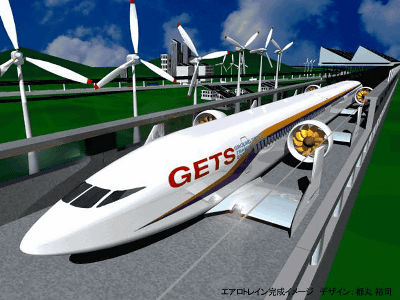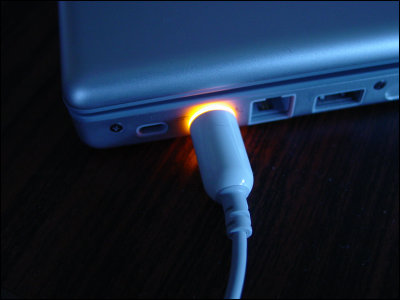'CoulombFly' is an ultra-lightweight drone that weighs just 4g and is powered by solar panels.

A research team at
Sunlight-powered sustained flight of an ultralight micro aerial vehicle | Nature
https://www.nature.com/articles/s41586-024-07609-4
This tiny solar-powered flyer weighs less than a paper plane
https://www.nature.com/articles/d41586-024-02316-6
This tiny solar-powered flyer weighs less than a paper plane - YouTube
This oddly shaped object is the lightweight drone 'CoulombFly' developed by the research team.

When the paper covering the solar panel at the bottom was removed, the propellers began to spin and the body rose into the air.

Ultra-small drones have the potential to be used for a variety of applications, from environmental monitoring to disaster relief efforts, but most ultra-small drones have a problem: they can only fly for about 10 minutes.

The reason for this is that factors such as friction reduce the efficiency of conventional electromagnetic motors.

Different types of propulsion systems are also being tested, but these new motors require a ground power system to take off, which means a power cable must be connected to the drone itself.
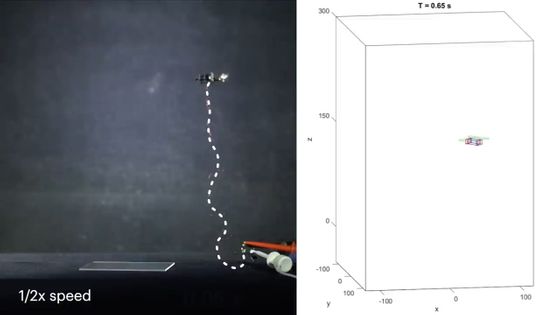
Solar power generation by solar panels may solve the power supply problem, but until now there has been no ultra-small drone that can fly using only natural light without a power cable. That's why the research team developed CoulombFly.
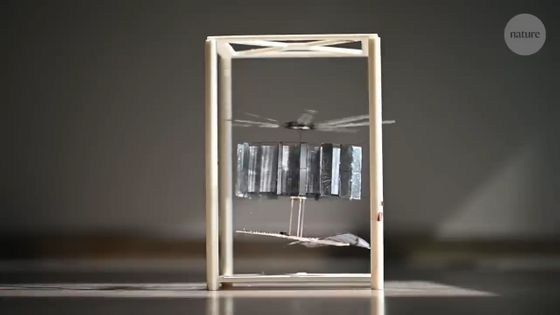
The CoulombFly is equipped with a new propulsion system powered by ultra-light, high-density solar panels.
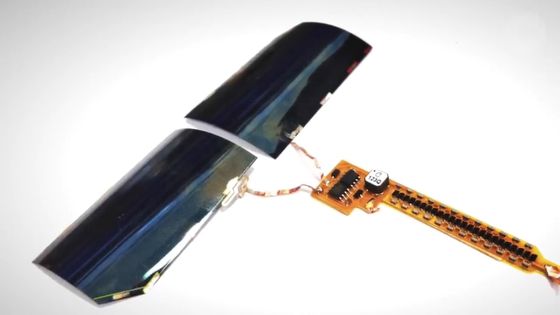
The rotation mechanism of CoulombFly looks like this.

The new propulsion system consists of two main components: the rotor and the stator.
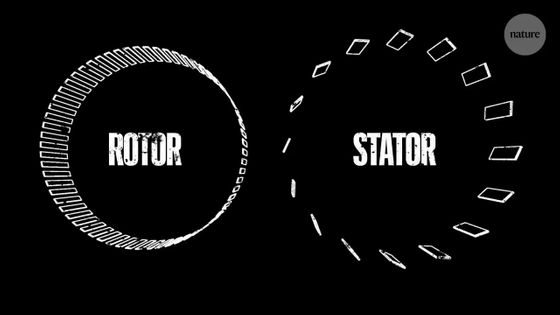
The stator consists of eight pairs of positive and negative poles arranged on a ring, each with a brush attached to it that transfers charge to the blades on the rotor.
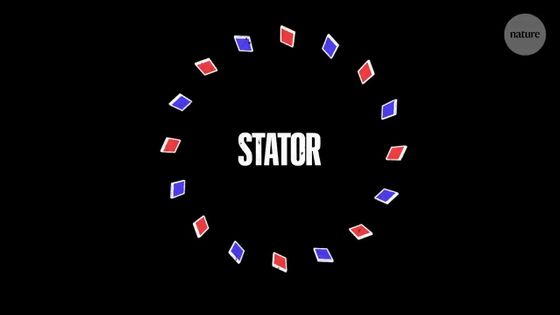
When a voltage is applied to the electrodes, an electrostatic field is created that drives the rotor.
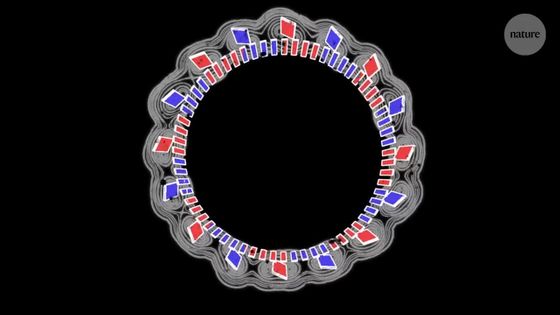
As the rotor spins, the blades pass alternately through positive and negative electrodes, transferring an electric charge that keeps the rotor spinning.
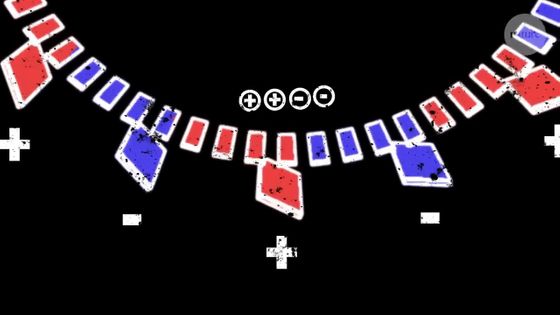
The rotation of the rotor drives the propeller, which rotates the wings, which are lighter than paper, and lifts the CoulombFly body into the air.

This design makes it more power efficient than ultra-compact drones of a similar size.
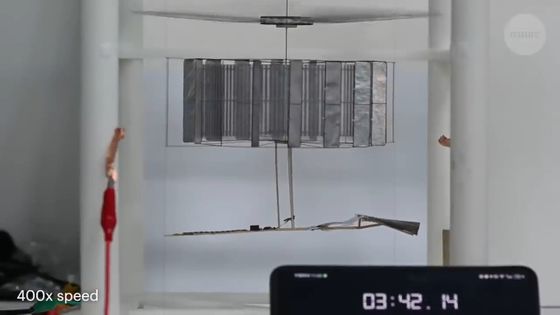
Additionally, unlike most electromagnetic motors, the motor doesn't heat up, potentially extending the life of the components.
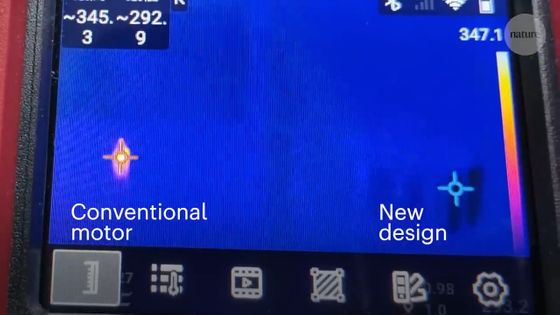
The research team believes that this design may also have potential applications in smaller spacecraft.
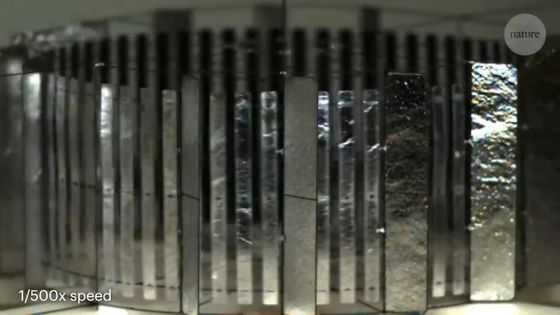
CoulombFly has no mechanism for controlling its flight direction, so for now it needs to be surrounded by rails to guide its flight direction vertically. Also, there are still issues with the solar panels, such as a drop in output if they are covered by paper or other obstructions.
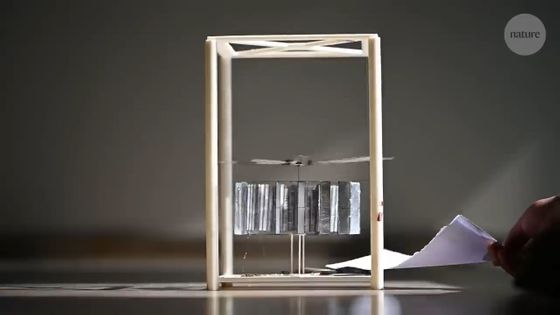
However, the research team argued that in the future, all of these issues could be resolved and a similar design could be used to develop a micro drone that could fly freely.
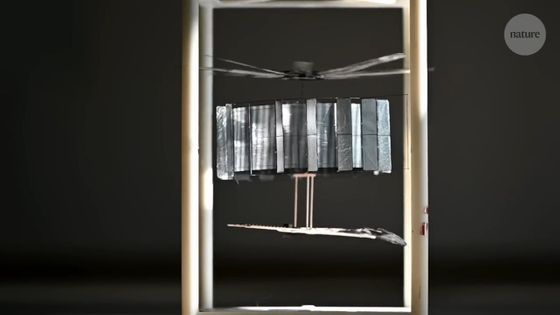
Related Posts:




